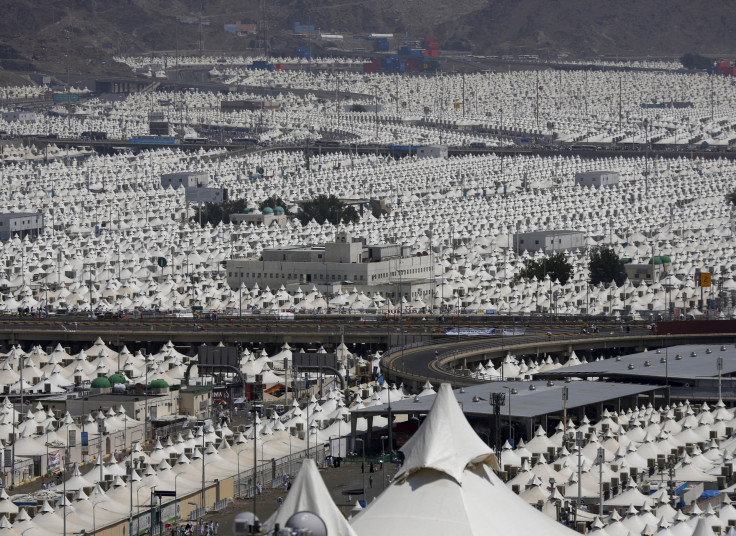Hajj 2016 Photos: Muslim Pilgrimage Draws Millions To Mecca

One of the world’s most historic and religious mass gatherings begins Saturday.
Millions of Muslims made their Hajj pilgrimage this week to the Islamic holy city of Mecca, Al Jazeera reported. The pilgrimage is an important spiritual journey meant to cleanse faithful Muslims of sin and to bring them closer to God. The annual journey is deemed a “central pillar of the Islamic faith.” The Islam religion has five pillars -- or basic acts of faith -- and hajj is the fifth.

This year, Hajj ends on Wednesday in some Muslim nations. The holiday follows the Islamic calendar and takes place during the final month on the calendar, which shifts every year, about 11 days earlier than the Gregorian calendar.

Being the fifth pillar of the Islamic faith, hajj is obligatory for every Muslim, and it is recommended that the journey is made at least once in every Muslim’s lifetime. The journey allows practicing Muslims to renew their devotion to God.

“Hajjis” arrive at Mecca where they pray and participate in a variety of rituals. One such ritual is the circling of the holy Kaab, a large, cube structure that is considered the house of God.

Men and women are permitted to sit together at the Grand Mosque during hajj.
Men are traditionally required to wear two pieces or white sheets, while women are to wear a hijab that covers both neck and hair.

The Hajj always coincides with Eid al-Adha, another major Muslim holiday. The holiday begins on the 10th day of Dhul Hijjah and, traditionally, a large animal is slaughtered and portions of it are distributed to the poor, reported Pew Research. The sacrifice is meant to commemorate the story of Abraham’s sacrifice to God in the Quran.

© Copyright IBTimes 2025. All rights reserved.






















